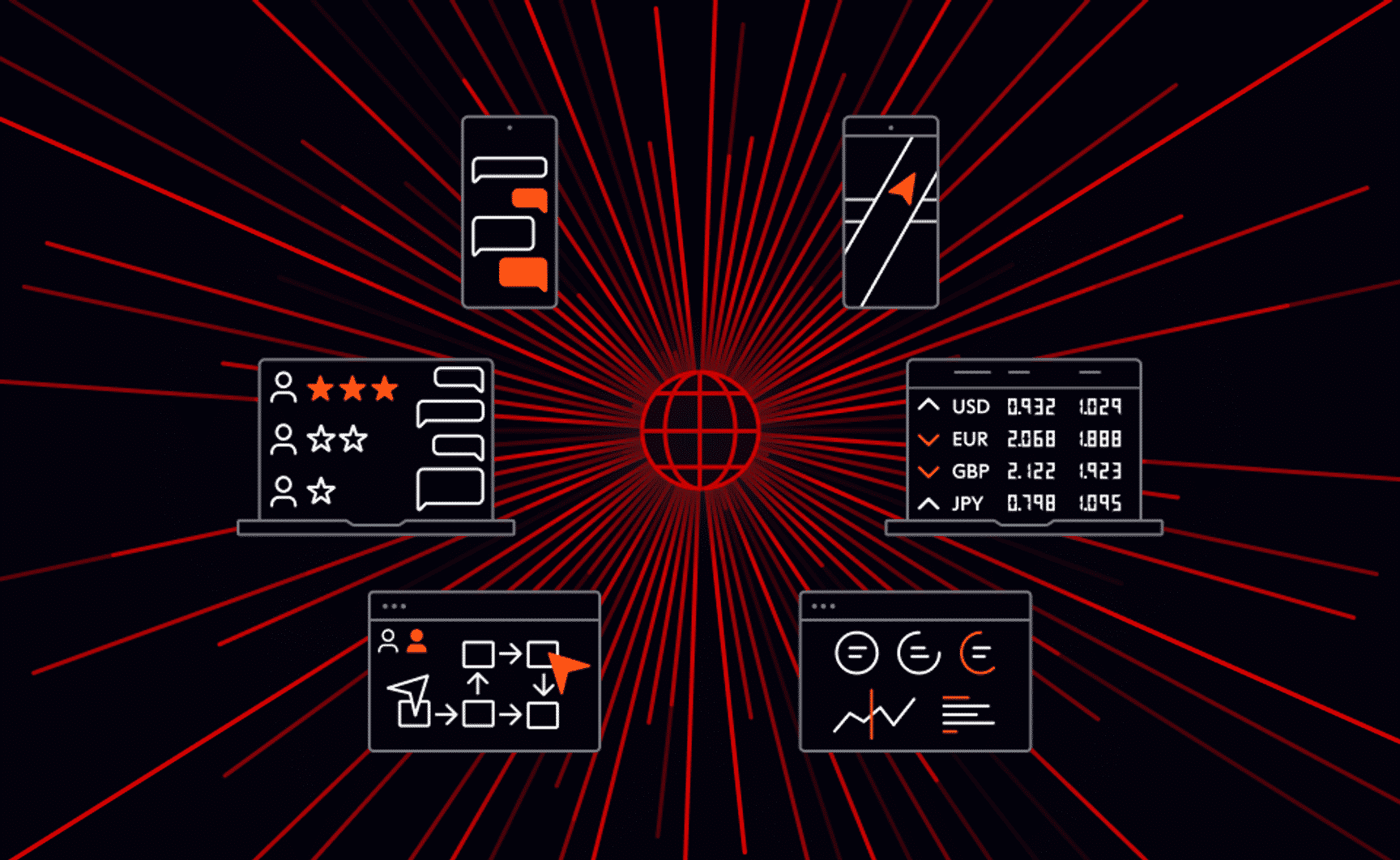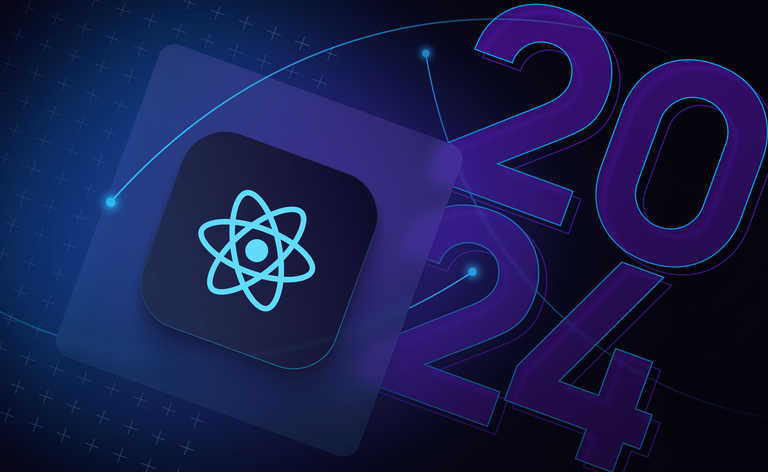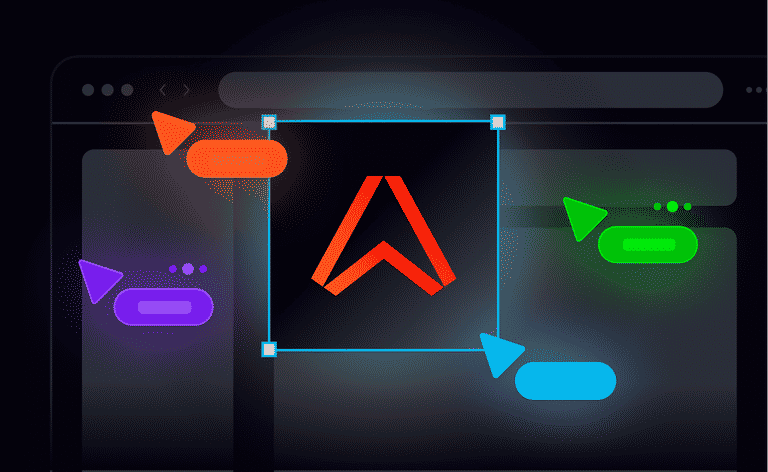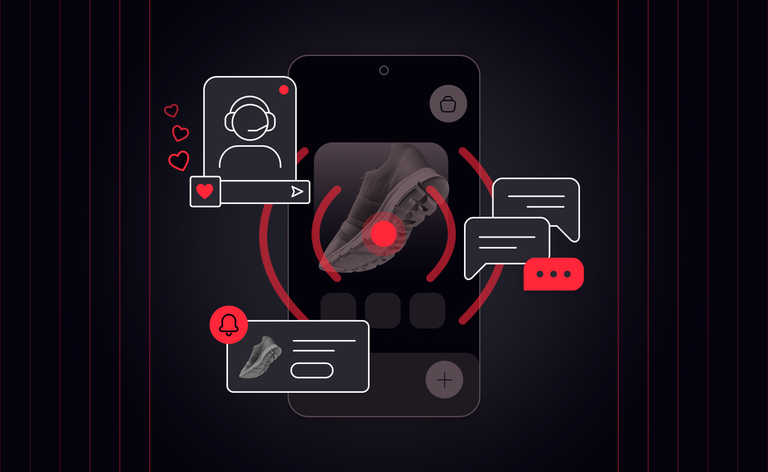Computing advances have taken us full circle. From terminals and a mainframe to individual personal computers, to cloud-based centralization again.
Today, the devices we carry with us exceed the power of those original mainframes. They connect and inform us with a range of responsive, live experiences. Where would we be without live sports scores, online chat, order-delivery tracking, or synchronized document collaboration?
These applications typically use an event-driven architecture to distribute events in near realtime. The speed of light is not something we can overcome (yet), and it negatively impacts the rate of data transfer across a network. Centralized cloud computing can only do so much to improve response times; edge messaging moves event processing closer to the end-user to reduce latencies.
What is edge computing?
Edge computing marks a shift from centralized computation to the edge of the network for better response times. Early examples included content caching to move our data closer to us. To ensure faster data transfer speeds, edge application services like content delivery networks (CDNs) reduced the volume of traffic and the distance that data traveled.
In contrast to the original simple terminals connected to a central mainframe, today’s powerful devices can also take on local processing. Edge computing puts both data and compute power nearer to the user and reduces reliance on the centralized cloud for a more rapid and responsive user experience. It complements cloud-based solutions to enable new use cases and reduces latency to the bare minimum through network topology.
What is edge messaging?
On June 27, 2021, Gartner® published an insightful report on the event-driven architecture (EDA) market called “How to Identify Your Event-Driven Architecture Use Cases to Select the Best-Fit Event Broker,” by analysts Keith Guttridge and W. Roy Schulte✝. They define edge messaging as follows:
“Edge messaging aims to provide reliable event distribution between devices and datacenters — both from the device to the datacenter and from the datacenter to the device.”
The edge messaging use case applies to user experiences that demand low latency, such as:
- Tracking a delivery driver’s GPS location on a map as you wait for pizza.
- Cross-device multiplayer gameplay like the hit game Among Us.
- 1:1 and group chat apps like WhatsApp.
- Receiving instant sports updates for events like the Australian Open.
- Bidirectional chat between gamers and their fans, reactions, and tipping on Twitch.
- Creating polls and quizzes that require immediate feedback like with Mentimeter.
- Simultaneously working on an interface design with a colleague using Figma.
- Collaborating in the same Google Doc with colleagues to hash out a press release.
Users expect these experiences, and organizations looking to deliver shared and collaborative features need to have a strategy for edge messaging to power them.
Across the spectrum of event-driven architectures (EDA) there are different types of event brokers. One of the key findings in Gartner’s report was that, as the demand for EDA rises, the kind of event broker selected for any particular use case needs to be fit for purpose. A broker that solves one specific use case does not necessarily work well in a different scenario.
“When planning to adopt EDA, software engineering leaders must evaluate each initiative independently to ensure they identify the right use cases and, in turn, select the best event broker for the task.”
Gartner cites Ably as a leading example of a commercial event broker platform widely used for edge messaging. Ably maintains a mathematically modeled layer for responsive last-mile connectivity at scale. We are globally distributed and transparently present in multiple datacenters, so we're much closer to users than a conventional single-region service. Ably scales independently in each location in response to local demand to ensure reliable and high-performance service for users everywhere.
About Ably
As an edge messaging broker, Ably facilitates the distribution of low-latency data by operating at the edge, in proximity to users and their devices by operating at the edge, in proximity to users and their devices. Without the need to pass through a centralized computing source, when two clients connect to Ably, they connect to their nearest point, and their interactions only need to pass from one regional location to another.
With Ably, there’s no infrastructure to provision or manage, just an evolving suite of SDKs and APIs that give you freedom and flexibility in a few lines of code. We facilitate the exchange of events in near realtime to drive live experiences and offer features to enhance those experiences with presence information, message history and rewind, and third-party integrations and user authentication as standard.
Our mathematically modeled system design provides a global edge network that brings users closer to your app. Ably is underpinned by fault-tolerant infrastructure and instant elasticity for effortless scale. We also have data ordering and delivery guarantees to ensure a seamless end-user experience, including a legitimate 99.999% uptime SLA.
| Read more: The four pillars of dependability |
Edge messaging is set to become critical, and we’re looking forward to helping companies everywhere build the live digital experiences that are coming next. Brands like HubSpot, Toyota, and Webflow trust Ably to power shared live experiences like business-critical chat, delivery-tracking, and document collaboration for millions of simultaneously connected devices worldwide. Get in touch and see what Ably can do for you!
✝ Gartner report: “How to Identify Your Event-Driven Architecture Use Cases to Select the Best-Fit Event Broker”, Keith Guttridge and W. Roy Schulte, 27 July 2021.
GARTNER is a registered trademark and service mark of Gartner, Inc. and/or its affiliates in the U.S. and internationally and is used herein with permission. All rights reserved.






